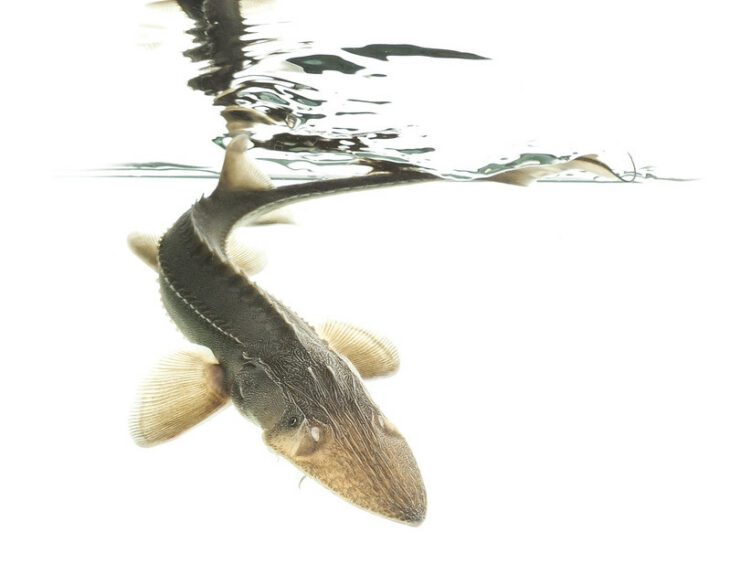What exactly causes aging at a molecular level? The answer to this question is important for understanding and potentially improving health and life itself.
In order to begin to answer this question, researchers at the Institute of Biomedical Chemistry in Moscow turned to fish as their subjects. Fish display a wide range of life spans, with some species living only a couple years to some fish that regularly reach a hundred years old. They searched for well-studied fish species that fit into three categories: rapidly aging, gradually aging, and negligibly aging. After some research, they selected six fish species, two that age at a rapid pace (Pacific salmon), two that age gradually (a zander and a perch), and two that age very little (a pike and a sturgeon). Salmon are considered rapidly aging because they die right after reproducing. Gradually aging fish grow old similar to how humans do – they take a few years to mature, reproduce for a while, and then stop reproducing for a few years before they die. Negligibly aging fish reproduce for their entire lifespan and are just as fit at the end of their life as early on.
The researchers took blood samples from adult fish of these six species before and after spawning to get an idea of what was going on inside of them. To determine what the fish were going through internally, the researchers used a technique called time-of-flight mass spectrometry. This technique splits the blood sample into small particles called ions and then measures the time it takes for the ions to go through an electric field. This can be used to identify individual molecules and compounds in a sample based on their size – the larger the molecule, the longer it takes to reach the end. By taking samples before and after spawning and of both sexes, the scientists could eliminate the compounds that had to do with reproduction and only focus on those associated with aging.
The researchers discovered that differently-aging fish had different compounds in their blood. They focused on the compounds that appeared in most of the samples and that were found in both species that aged at the same rate. The salmon, representing rapidly aging fish, had high levels of glutamylalanine in their blood, which is associated with decomposition. The salmon blood also contained high levels of anserine, a peptide found in skeletal muscle tissue, indicating that the muscle was breaking down. During sampling, it was visibly clear that the salmon were already dying – they had bruises and smelled rotten. Triglycerides were also elevated in the salmon, and an increase in triglycerides is a sign of aging due to the body becoming less efficient at metabolizing them. Diacylglycerol, one of the products of triglyceride breakdown, was also elevated in the salmon. These fats can impair insulin signalling and the transfer of signals across cell membranes, which is a known part of the aging process.
The gradually aging fish (zander and perch) had higher levels of long-chain fatty acids that are exceptional at scavenging free radicals and acting as anti-inflammatory agents. In the negligibly aging fish (pike and sturgeon), the level of a specific long-chain unsaturated fatty acid called hexadecanedioic acid, was higher than in the other fish. Unsaturated fatty acids usually decrease with age, but they are necessary for many important processes such as generating energy and regulating reproduction by encouraging hormone production. They also found elevated levels of phospholipids called phosphatidylethanolamines that are associated with longer lifespans in mammalian cells in the negligibly aging fish. These phospholipids are required for many normal functions and also possibly act as antioxidants. They also encourage autophagy, which is when the body destroys old cells and uses the material to make newer, healthier cells. When autophagy decreases, degenerative changes start to occur, and the organism undergoes what looks like aging.
This study shows the most basic molecular differences between fish that age at different rates. Testing the blood of these species has pinpointed compounds that are likely responsible for specific parts of the aging process. Discovering why these differences occur and how to harness the anti-aging power of the compounds found in pike and sturgeon could one day be the inspiration for new medical treatments.


